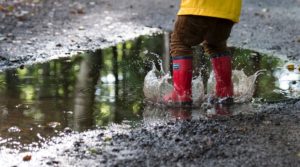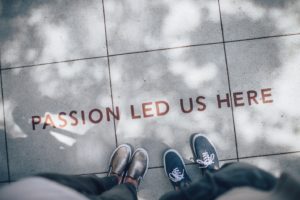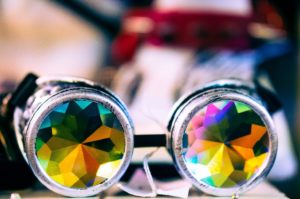We have to stop delivering curriculum to the kids. We have to start discovering it with them.
-Will Richardson
In the beginning…
At the beginning of this course I explored the metaphor, “To me curriculum is like a meandering river.” It bends and winds in a variety of directions. It allows students to explore the complexities and intricacies of learning. While curriculum has undergone change and transformation, so to has the process of learning itself. The “new curriculum” allows students to make connections across subjects as well as through real world experiences. As we as educators evolve, so does our curriculum. We see a shift not only in how curriculum is delivered, but also how it is received.

Photo by Rupert Britton on Unsplash
Curriculum should help children make deeper and fuller understanding of their own experience.
-Liilian Katz
Historically, we have seen curriculum viewed as information that is delivered and received. With so much flexibility, individual choice and exploration, students can now access curriculum in a variety of ways. I might suggest that the “how” becomes equally or more valuable than the “what.”
Mind shift…
After much of the readings presented in class and discussions with my peers I have come to view curriculum in a new light. My metaphor has changed and my overall views on how I perceive curriculum has changed. To me curriculum is like a kaleidoscope. Our evolving curriculum has been shaped over time, recognizing learners’ strengths, interests as well as the cultural foundations which make it unique. While there is no argument, that there is still great work to be done in terms of creating curriculum that provides equitable representation, it is viewed with a much more diverse lens then ever before.
To me curriculum is like a kaleidoscope in that it reflects the diversity of all peoples and is guided by the interests, passions and experiences of our learners.

Photo by Ian Schneider on Unsplash
Making connections…
As Dwayne Donald points out in his web article, Unlearning colonialism to overcome the climate crisis, that we have a challenge facing us around how our students view themselves in relation to what we are teaching them. This is such a poignant statement as we consider moving curriculum away from the westernized, colonial systems in place and embrace approaches to knowledge that do not conform to traditional educational models.
Egan on the other hand, while trying to engage in conversations around the “how” rather than the “what “of curriculum, appears to paint a westernized outlook on education. While he encourages educators to determine both the “what” and “how”, it is hard to see student choice reflected in his point of view. Additionally, his approach to curriculum development lacks personalization and multiple perspectives. It would appear that the only perspective represented in his curriculum is that of the western world. (Egan, 1978).
Blades on the other hand, paints a different perspective in his paper, “Recognizing the beauty: Aesthetics in science teacher education”. He explores how his students created a working definition of science to use in class. They describe this definition as, “an on-going exploration of relationships in the natural world through hypothesizing, observing, theorizing and experimentation.” (Blades, 2015). In some ways I think this is a great working definition for much of the curriculum we teach, something that is developed, observed, experienced and then reflected on.
Curriculum is like a kaleidoscope, it creates intricate patterns by repeated reflection. The more that “we” (educators, students and those involved in curriculum design) can reflect on past practice, future aspirations and meaningful learned experiences, the more our curriculum becomes a reflection of us.

Photo by Malcolm Lightbody on Unsplash
Final thoughts…
While I feel that my views on curriculum have changed, I still can’t help but question the “how”. Who should be responsible for determining this? While I do feel that the “how” should be left out of curriculum and left to the discretion of educators, I do think that it should also reflect student interest and experience.
Dewey brought to light the importance of respecting the experience of the learner while also considering social aspects. Perhaps he was trying to show us, is that all knowledge gained from the learned experience guides all future curriculum.
Feature image credit:
Photo by Markus Spiske on Unsplash

Leave a Reply